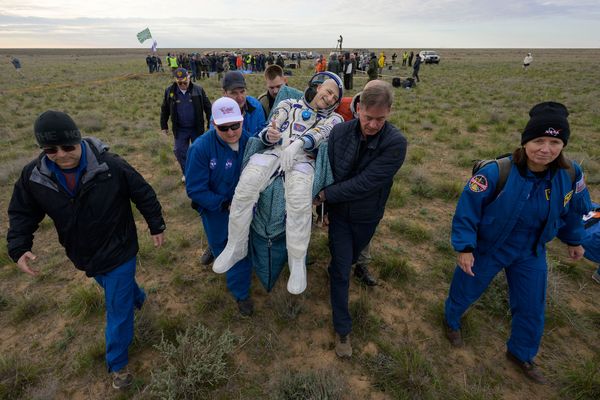
The month begins with a well-situated meeting between the moon and Mars. The chart shows the view looking into the east-south-eastern sky from London at 2000 GMT on 9 February.
But you don’t have to wait this long, because the pair will be visible from sunset, rising from the eastern horizon. The meeting will take place in the constellation of Gemini, the twins.
Once the sky is fully dark, the constellation’s brightest stars, Castor and Pollux, will add their light to the aesthetic of the grouping. Mars will be a bright red beacon, having just last month passed its closest approach to Earth. The moon, meanwhile, will be just 12 days old, placing it in its waxing gibbous phase.
A few days later, it will become a full moon. On 9 February, the moon will slide past Mars by about a lunar diameter, making this a close meeting. So close, in fact, that from some high northern latitudes the moon will appear to pass in front of Mars, creating an occultation by temporarily blocking the planet from view. This will be visible over parts of eastern Canada, Greenland, Iceland as well as most of Russia and China.







